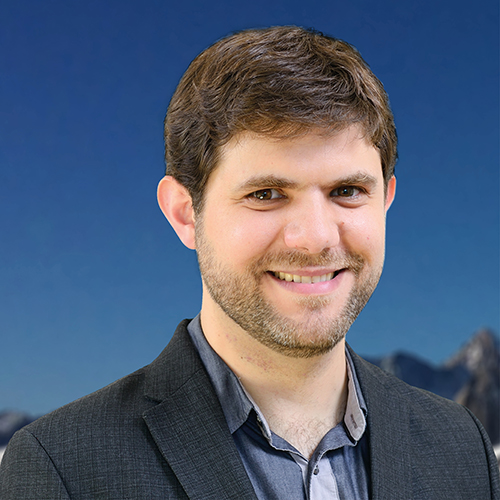
The Fe cycle plays an important role in atmospheric oxygen concentrations
08.01.2021 17:18
The American Journal of Science has published new research by Branco Weiss Fellow Matthieu Galvez. In his paper called “Redox constraints on a Cenozoic imbalance in the organic carbon cycle” Matthieu Galvez demonstrates that the organic carbon cycle has operated as a net source of oxygen over the last 50–60 million years.
Because free oxygen plays a key role in many biological and geological processes of the Earth surface, understanding the history of the atmospheric reservoir of O2 remains a grand challenge of earth and biological sciences. In his work, Galvez shows that the seafloor weathering of reductants (Fe) contained in the oceanic lithosphere is a net sink of atmospheric O2 over the last 50 My. Near constancy of atmospheric oxygen concentrations over the same interval of time suggests that this geological sink of O2 must have been offset by an equally potent source of O2. This source is the sedimentary cycles of C, S and Fe. Because the sedimentary cycles of Fe and S may be close to redox neutrality, the conclusion of this study is that the geological cycle of organic carbon alone may offset the lithospheric O2 sink over long timescale, and therefore operated as a net source of atmospheric O2 over the last 50-60 million years.
Although it is extremely complex in its mechanistic details, the standing imbalance between OC burial and OC oxidation may be responsible for the constancy of atmospheric composition over the last 50 million years. Net input of solar energy to produce OC is therefore essential to maintain a relatively steady atmospheric O2 content, critical to all aerobic forms of life. The study raises many questions, highlighting how many kinetic and thermodynamic components of the organic carbon cycle remain far from being understood. Answering these questions, at the crossroad between the earth, physical, chemical and biological sciences, will help us understand why the Earth looks and behaves as it does today.
Read the paper in American Journal of Science
